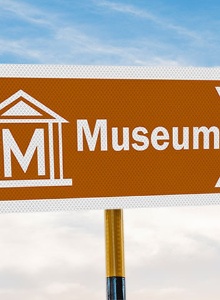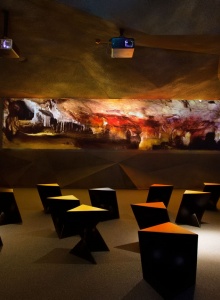
The distinctive feature of the urban layout of Ribadesella is the bridge that divides the fishing port in two, and which every first Saturday in August is the finishing line in most Asturias' most emblematic festival: the canoe descent of the Sella River. Its historic quarter has been declared Property of Cultural Interest.
The historic town of Ribadesella was founded by King Alfonso X the Wise in the 13th century. It offers visitors an interesting mix of mediaeval town and Modernist architecture in addition to an outstanding beach area. The town has two clearly distinct parts: the east side with the old part of the city, and the west side, home of the Tito Bustillo cave, one of the treasures of European cave art. Similar to the one in Altamira, the cave contains impressive stalactites and paintings. In summer, it's a good idea to get there early if you want to be assured admission. It also has a museum containing the prehistoric findings in the area.
What to visit
Select from the list or hover over the map to find out about points of interest.
Activa JS
Travel plans for inspiring you









